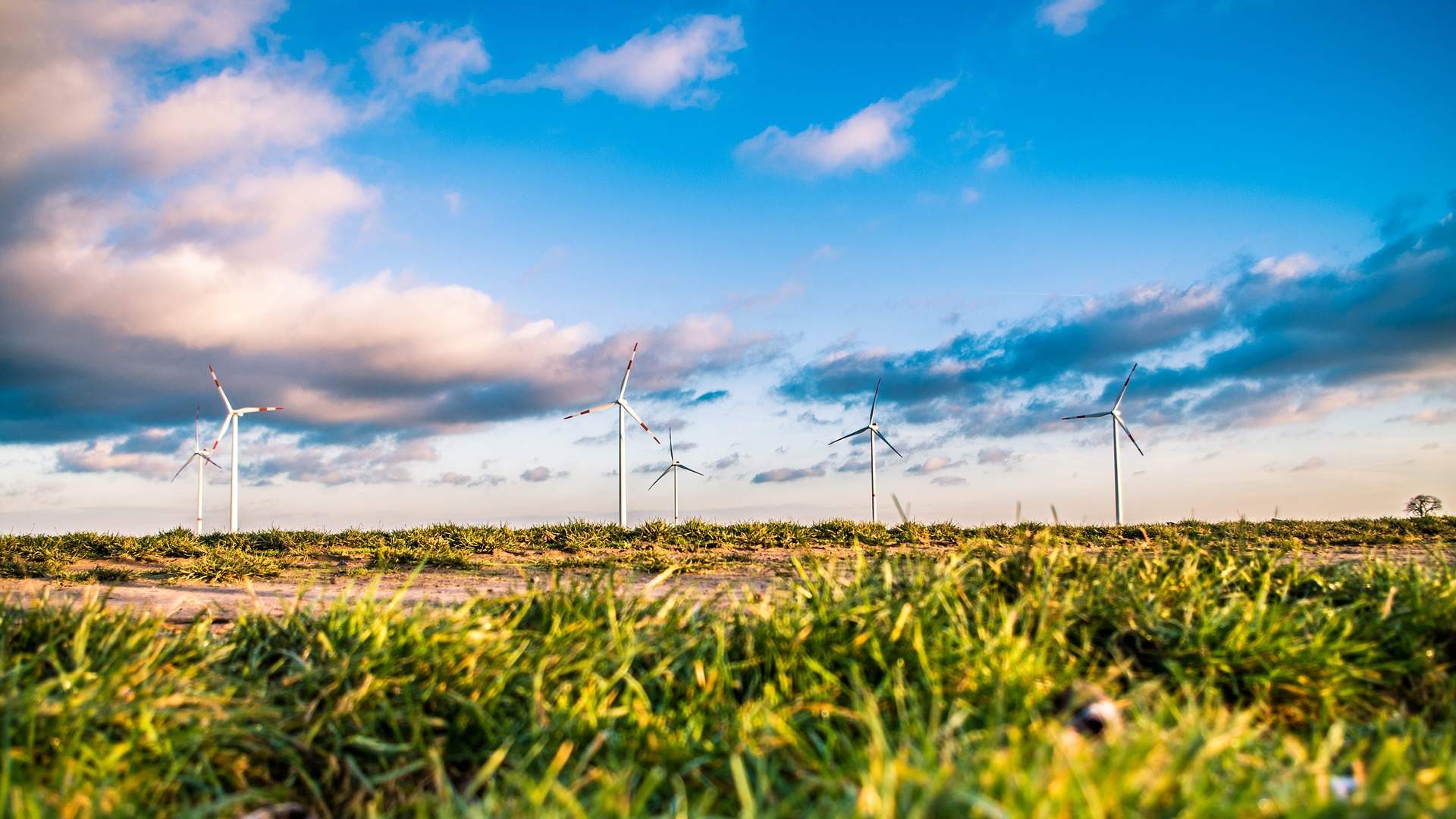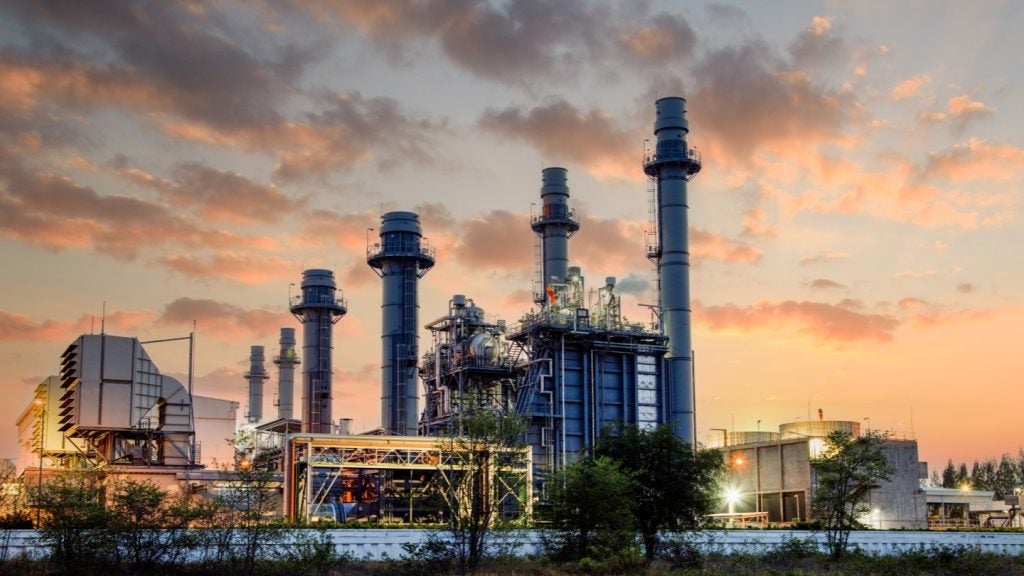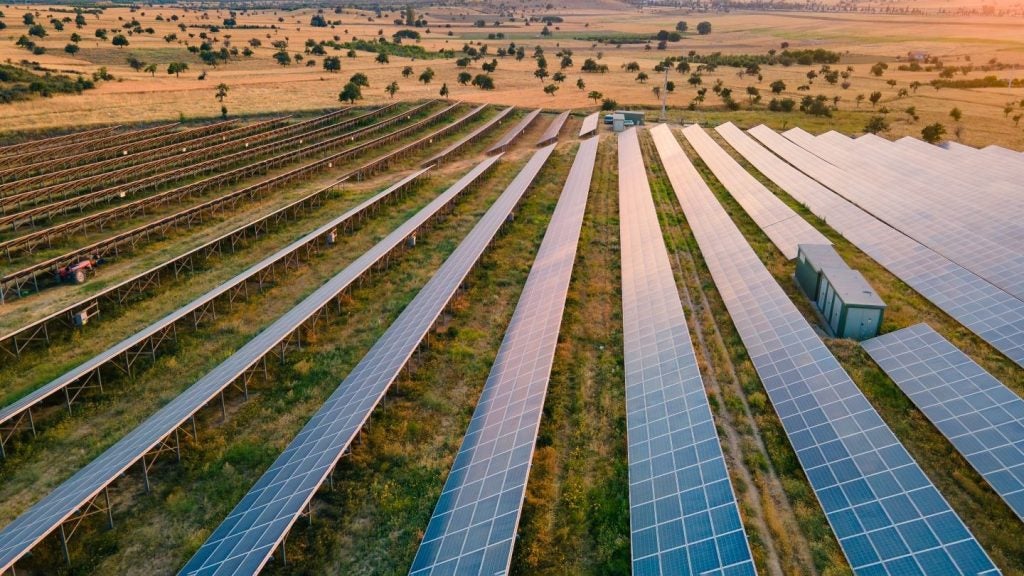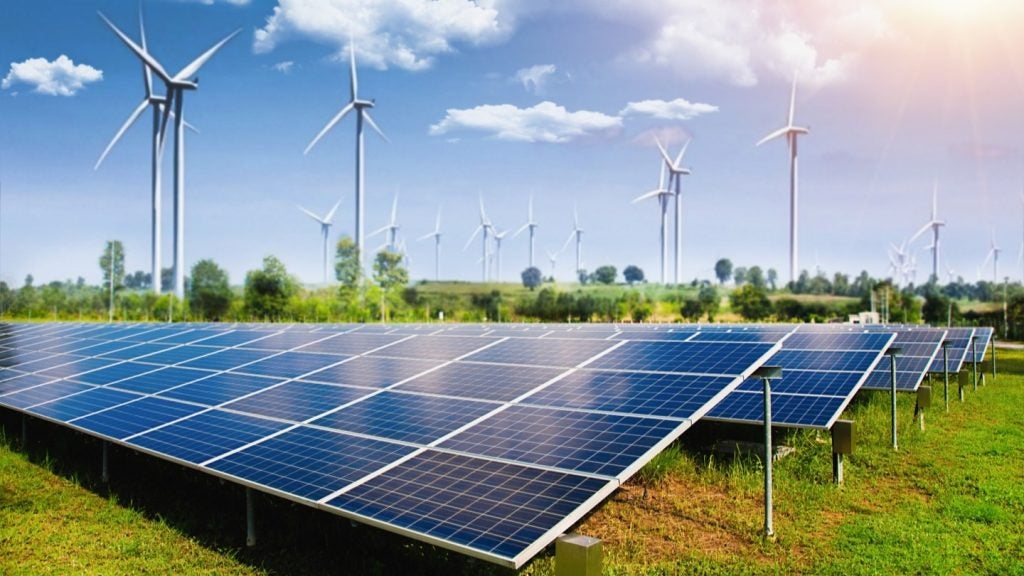
The celebrated German term schadenfreude refers to pleasure derived by someone from another person’s misfortune. Might some of the world leaders, US President Trump among them, lectured by Andrea Merkel on their anti-climate change obligations be experiencing a mild case at present?
The German leader has been dubbed ‘the climate chancellor’ thanks to her support for the domestic energy transition initiative Energiewende and her willingness to promote environmentalism abroad.
However, ambitious targets are one thing; hitting them is another entirely. Recently, praise for Germany’s low-carbon revolution has been replaced by creeping scepticism, a situation not helped by a recent report from the Agora Energiewende think tank that reveals Europe’s largest national economy is set to miss its CO2 reduction targets by an even wider margin than previously thought.
By 2020, Germany is set to achieve only a 30% reduction in CO2 emissions compared with 1990 − a gap of around 120 million tonnes of per year − having already admitted it will miss its original 40% goal.
“The next government immediately has to step up its efforts to at least get the country somewhere near its target,” says Agora Energiewende director Patrick Graichen. “Only 30% instead of 40% less CO2 is not a little bit off, but a huge miss of the climate goal for 2020.”
So, with nuclear power rejected as part of Energiewende, how does the country plan to balance the energy needs of its growing population with renewable expansion and reducing reliance on coal?
How well do you really know your competitors?
Access the most comprehensive Company Profiles on the market, powered by GlobalData. Save hours of research. Gain competitive edge.

Thank you!
Your download email will arrive shortly
Not ready to buy yet? Download a free sample
We are confident about the unique quality of our Company Profiles. However, we want you to make the most beneficial decision for your business, so we offer a free sample that you can download by submitting the below form
By GlobalDataInside Energiewende: Germany leads the way on CO2 reduction
For renewable energy advocates, Germany’s Energiewende – the name given to the country’s dual shift from fossil fuel and nuclear power to renewables − is proof that mature Western industrial economies are willing and able to transition away from dirty fossil fuels such as coal toward clean alternatives like wind and solar, while at the same time satisfying their populations’ energy needs.
Prior to COP21, many countries followed Germany’s lead and established similar carbon reduction targets in the form of Intended Nationally Determined Contributions (INDCs). As recently as July, Germany lobbied fellow members of the G20 group of industrialised and emerging economies to step up their efforts to make good on pledges made under the 2015 Paris Climate Agreement.
Germany’s targets were even more ambitious, more so than the rest of the European Union (EU), which has committed to hitting the 40% CO2 emissions reduction target a full decade later in 2030.
The year 2015 may yet prove to be something of a high water mark for Germany and its ambitious environmental plans, the nation having achieved a CO2 equivalent reduction of 349 million tonnes, or 27.9%, compared with 1990 levels. Since then, the graph has been moving in the wrong direction.
In March of this year, the Federal Environment Agency (FEA) revealed that emissions rose in 2016, blaming colder weather and the transport sector. The news, while unpleasant, won’t have come as a total surprise to the German Government − Berlin has been aware of the ‘emissions gap’ since 2014.
Clean Energy Wire (CEW) reports that in December of that year, the Ministry for Environment and the Ministry for Economic Affairs and Energy (BMWi) tried to address the issue in its Climate Action Programme. The next spring, a capacity reserve for 2.7GW of brown coal plants was enacted as part Germany’s new power market design in order to reduce emissions by up to 12.5 million tonnes by 2020.
BMWi’s Climate Protection Report and the Energiewende Monitoring Report of 2016 both warned that Germany’s 40% reduction target by 2020 was unlikely. The Agora Energiewende findings – which were corroborated in a leaked government paper the following month – threaten to do “probably irreparable damage” to Germany’s international reputation as a clean energy pioneer.
Political stalemate: can the Jamaica collation agree on climate change?
Were Germany’s policies too ambitious? What must the country do to refocus its domestic climate change policy? And will the environment continue to be priority for the new coalition government?
First, the underlying causes. The German environment ministry blamed “unexpectedly strong economic growth, low energy prices, the continued rise of power exports, and population growth” for the country’s failure to reduce carbon emissions in line with official targets.
Second, following the recent elections, there must be a consensus in the newly formed ‘Jamaica’ coalition on issues such as how and when Germany will phase-out its coal-fired power plants, its policy on diesel cars and the country’s role in next year’s UN climate conference (COP24) in Poland.
Such a consensus appears unlikely. The pro-business FDP pulled out of recent talks, while the Green Party has made it a condition of its participation that the dirtiest lignite-fired power plants be shut, insisting “there will be no coalition agreement without substantial progress in climate protection”.
That leaves Chancellor Merkel’s CDU/CSU alliance, whose grand coalition with the Social Democrats will continue to rule until such time as a minority government is formed or new elections are called.
However, there are signs of progress on arguably the most important environmental issue, the total phasing out of Germany’s coal-fired power plants, which still provide 43% of the country’s electricity.
Clean Energy Wire points out that an unexpectedly positive outcome of the failed coalition talks was the shutting down of 7GW of coal capacity, which appeased the Greens, FDP and conservatives alike.
Climate legislation: strategies to resurrect Energiewende
Other potential solutions that will allow Germany to hit its COP21 and 2050 Climate Action Plan targets include ditching €57bn of environmentally harmful subsidies, including €7bn for diesel cars.
“Energy taxes and charges and taxes must be reformed across all sectors, for example to increase the share of renewable energy used for transport and heating, as well as electricity production,” writes Claudia Kemfert in science journal ‘Nature’. “Feed-in tariffs should be brought back to revive the flagging renewables market; the current tendering system should be scrapped.”
Kemfert also advocates a coherent strategy for improving the energy efficiency of buildings and transport, including retrofitting and sustainable transport policies, and R&D investment in areas such as energy storage, and the digital management of supply and demand across smart electricity grids.
It is unlikely that Germany will rethink its decision to reject nuclear power, which emits little CO2, made in the wake of the 2011 Fukushima disaster. Instead, the new administration will be charged with doing what every government has done since 2007: uphold its emission-reduction targets.
“The next government would be foolish to squander Germany’s leadership in the low-carbon future,” concludes Kemfert. “It must take this opportunity to again make Germany a shining example to other countries.”
Coal image courtesy of MaxPixel







